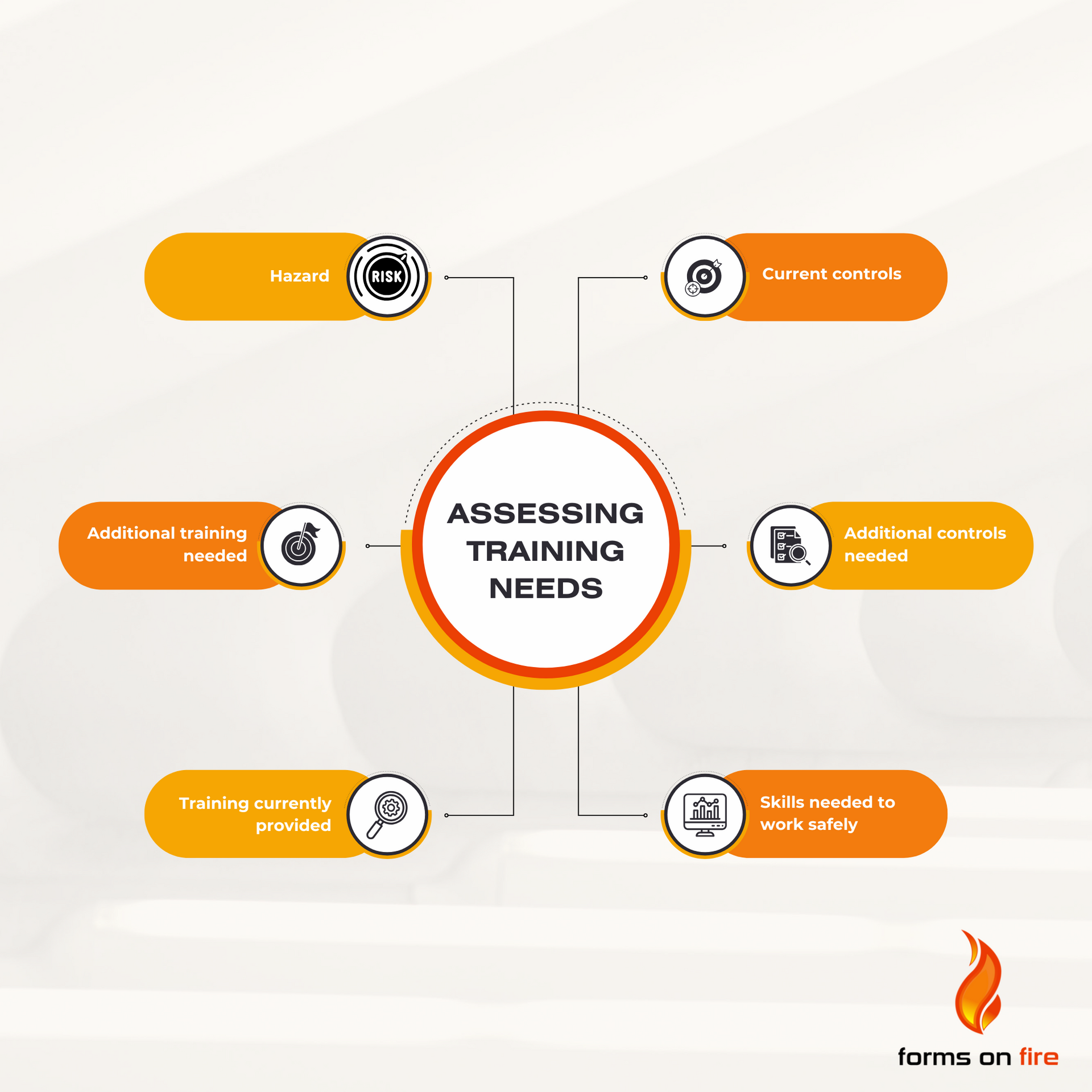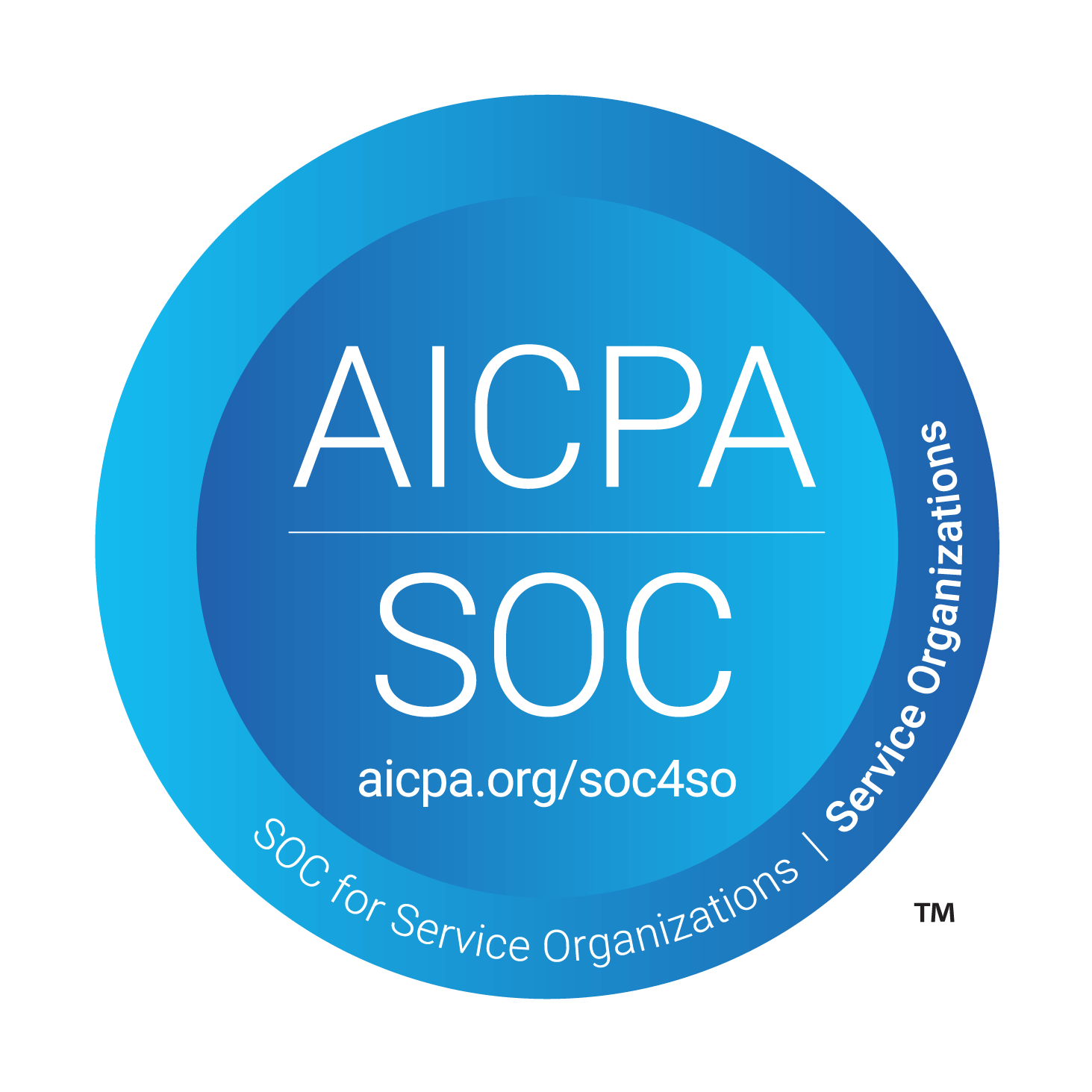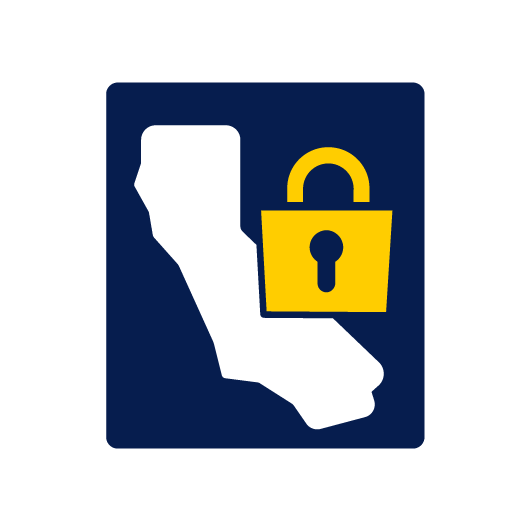Workplace Safety Training: Why It’s Essential and How to Optimize It with Technology
If you want a safe, compliant, efficient work environment, safety training is essential. A robust training program helps companies minimize risk, protect employees, and improve operational productivity.
Keep reading to learn more about why workplace safety training is important, best practices for implementation, and how you can optimize the process with Forms on Fire.
Why Does Workplace Safety Training Matter?
Workplace safety training shows employees, managers, supervisors, and workers how to build the knowledge and skills necessary to do their jobs without placing anyone at risk. An effective safety program is vital for meeting legal compliance standards, reducing the incidence of work-related injuries, and creating a workplace safety culture where the members of your team have each others’ backs.
Here are some of the ways implementing safety training in the workplace can improve your organization:
- Less risk: Arming your employees with proper training significantly reduces the risk of accidents. That means fewer injuries, fatalities, lost time, legal liabilities, and insurance costs.
- Compliance: Standardizing your workplace safety training helps keep your organization compliant with local, state, and federal regulations. This is beneficial because it helps you avoid costly fines and improves workplace morale by showing that you prioritize your employees’ well-being.
- Productivity: Employees who understand how to spot potential hazards, report them, and deal with them according to standardized procedures can be more confident and efficient in their work. This boosts their overall productivity and reduces the downtime that can result from accidents and near-misses.
- Employee engagement: Workplace safety training shows your employees how much your organization values their health and well-being. When they feel safe and supported, they are more likely to remain loyal and engaged at work.
- Less turnover: Companies that prioritize safety typically see lower turnover rates. That’s because employees are more likely to continue devoting time and energy to companies that invest in their health and safety.
5 Elements Every Successful Safety Training Program Needs
To ensure that safety training is impactful and long-lasting, organizations should focus on the following elements:
1. Up-To-Date Content
Your organization isn’t static, so why should your training program be? Safety procedures evolve as you experience shifts in regulations, responsibilities, equipment, and environment.
Take the initiative to update your safety procedures to reflect those changes. Keeping the content of your training program current is essential if you want to arm your employees with knowledge of the latest risks and procedures.
2. Customized Training Modules
Safety training should be relevant, applicable, and memorable. The best way to accomplish this is by creating training modules custom to specific roles, departments, and/or environments. That way, you can prevent employees from losing focus simply because they encountered information that doesn’t apply to them.
3. Interactive and Engaging Training
Workplace safety training should also be as interactive and engaging as possible. Use hands-on simulations and group discussions to show your team the lessons have practical applications.
4. Accessible Documentation and Tracking
Because employee safety training is a regulatory requirement, you’ll need to keep detailed records of training attendance, completion, and assessments. This is not only essential for compliance, but it’s also crucial for identifying which employees are due for a refresher course.
5. Continuous Learning
Safety training isn’t a “set it and forget it” deal. It’s an ongoing process that must include refresher courses, assessments, and on-the-job reinforcement. Check all those boxes, and you’ll be well on your way to embedding a workplace safety culture into everyday work at your organization.
How to Build an Effective Workplace Safety Program According to OSHA
An effective workplace safety program isn’t just a matter of checking boxes– it’s all about fostering a proactive safety culture that protects employees and keeps your organization aligned with regulatory requirements. To help organizations develop safety training programs that meet these criteria, the Occupational Safety and Health Administration (OSHA) created a series of guidelines. Below is a summary of their four-step program:
1. Program Awareness Training
To secure your workplace safety program’s place within your workplace culture, you have to develop program awareness. Start with simple training models about the safety and health program’s motivations as well as how it benefits them, their roles and responsibilities, and how they can participate in the planning and implementation. This type of training should be given yearly and as part of new hire orientation.
Key topics to cover include:
- Safety and health policies, goals, and procedures
- Program contacts for questions and ideas
- The process for reporting hazards, injuries, illnesses, and near misses
- Workers rights and the employer’s responsibilities
- How to recognize, report, communicate, and respond to emergencies
- The program’s dynamic nature
Use Forms on Fire to create forms outlining your organization’s key safety and health policies, procedures, and contact information. That way, your forms will be accessible to employees at all times, reinforcing a proactive safety culture.
2. Assess Training Needs
Use a training assessment to understand the gaps in your employee’s safety and health knowledge. This will encourage program participation and contribute to your work safety culture. The assessment identifies needs based on:
- Safety and health-related roles and responsibilities
- Specific job hazards
- Controls, work methods, and required PPE
- Training requirements dictated by company policy, guidelines, safety and health standards, and/or regulations
- Knowledge required to empower employees to recognize hazards and contribute to continuous improvement
To acquire this information, make a list of questions to ask your workers, managers, supervisors, safety committee members, etc. The questions you ask will vary based on the type of employee.
You’ll also need to survey employees on job-specific training needs for hazard prevention and control. This will help you identify:
- Hazards and current or necessary controls
- Current controls
- Needed controls
- Skills vital to employee safety
- Current training
- Additional training requirements
Use data collections forms built with software like Forms on Fire to document and review the answers. Comparing these responses to existing safety records will help you identify opportunities to improve your workplace safety training program. It will also help you identify employee strengths to build on and gaps to fill, ensuring your employees are well-prepared to handle job-specific hazards.
3. Train workers, managers, and supervisors on their roles in the program
Your training program should confirm that everyone has the safety skills necessary to thrive in their roles. The training needs assessments in step 2 will help you identify the skills that must be strengthened to meet the goals of the safety program. Step 3 uses that information to train workers, managers, and supervisors to make safety and health an integral component of their daily work.
Common module topics for this stage include:
- Worker rights under the OSH Act of 1970, emphasizing the right to stop work in a dangerous situation
- Your organization’s procedures for reporting injuries, illnesses, incidents, and concerns
- How to recognize and control hazards and hazardous situations via the hierarchy of controls
- How to conduct and partake in incident investigations
Managers and supervisors require additional training to ensure they can be responsible for the safety of their employees. These topics include:
- Manager/supervisor responsibilities according to OSH Act of 1970
- How to receive and respond to reports of injuries, illnesses, and accidents
- How to encourage workers to report safety and health concerns
- Legally required subjects like hazard communication on chemical substances and the proper use and care of PPE
- How to evaluate the quality of safety and health management
You can use Forms on Fire to create hazard identification surveys where employees can report hazards, suggest improvements and provide feedback on the effectiveness of the training program. Specific training forms can also be developed for supervisors, like self-assessment checklists or scenario-based questions that reinforce knowledge.
4. Hazard Identification and Control
The key to reducing risk of injury and illness is teaching your employees how to identify and respond to potential hazards. To do this, you’ll need to:
- Create training on job-specific hazards, dangerous situations, safety procedures, and controls
- Create training that enables employees to identify and report any hazards or issues that arise
- Present the training in a format and language that is accessible to everyone
- Document the training
All current and new employees must be trained on the specific hazards of their job. This training will need to be updated and repeated alongside any changes in facilities, equipment, processes, or materials. Potential training topics include:
- Techniques for identifying hazards, like job hazard analysis (JHA)
- How to use the hierarchy of hazard controls
- A review of all work practices and administrative controls used by your organization
- Proper use of PPE
- “Spot the hazard” quizzes prompting employees to outline how they would report the hazard and what interim and permanent controls they would implement
Make sure your training is accessible to everyone in your organization, no matter their gender, primary language, literacy, or disability. Offer training modules in all relevant languages and illustrate your concepts with pictures and graphics. Adult learning is most effective when it is engaging, interactive, and involves the sharing of personal experiences. Be sure all employees have the opportunity to ask questions and provide feedback throughout and after the training program.
Forms on Fire can serve as your real-time tool for documenting accidents, incidents, and near misses. Digital incident reporting is fast, enabling immediate follow-up and streamlined data capture. This results in faster investigations and follow-ups.
You can also use Forms on Fire to create training materials that walk your employees through all job-specific hazards, control measures, and PPE requirements. The app’s accessibility features and the ability to embed images and instructional videos can help you prioritize inclusivity, boosting comprehension in the process.
Employee insights, challenges, and module-specific feedback can be instrumental in refining your training program over time. You can encourage this invaluable feedback look in Forms on Fire by incorporating feedback forms right into your training modules.
Building a workplace safety program takes time, but you don’t have to start from scratch. You can use
OSHA’s Susan Harwood Training Grant materials as a starting point, and customize them according to your organization’s unique needs.
How Forms on Fire Can Enhance Workplace Safety Training
Investing in workplace safety training is not just a compliance requirement—it’s a commitment to employee well-being, organizational efficiency, and sustainable growth. The right technology goes a long way when it comes to building and managing effective safety training programs.
Forms on Fire offers a range of tools that can help streamline your workplace safety training program, including:
- Customized forms and checklists aligned with your specific safety requirements
- Automated tracking and documentation
- Real-time reporting
- Mobile accessibility
- Incident reporting and hazard assessment templates
- Data-driven insights
By integrating Forms on Fire into your safety program, you can simplify training processes, improve compliance tracking, and create a safer environment for everyone. Want to give it a try?
Start your free trial today!





